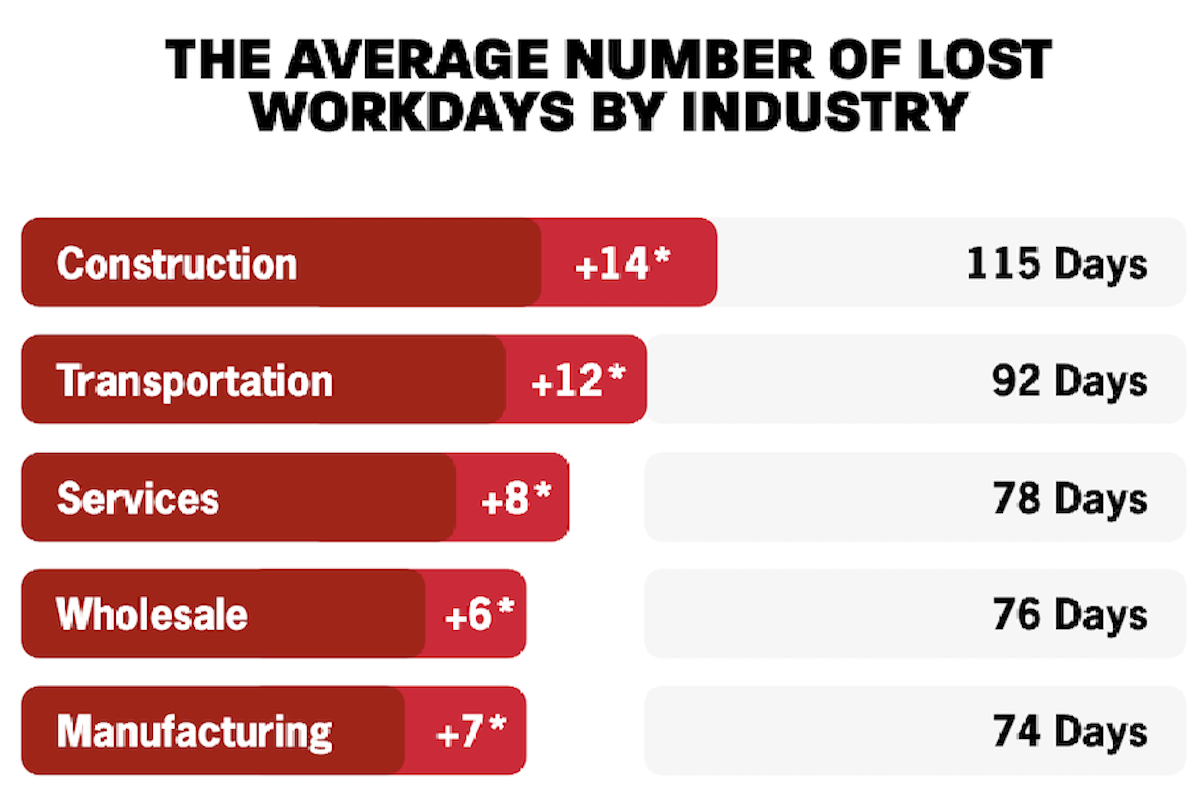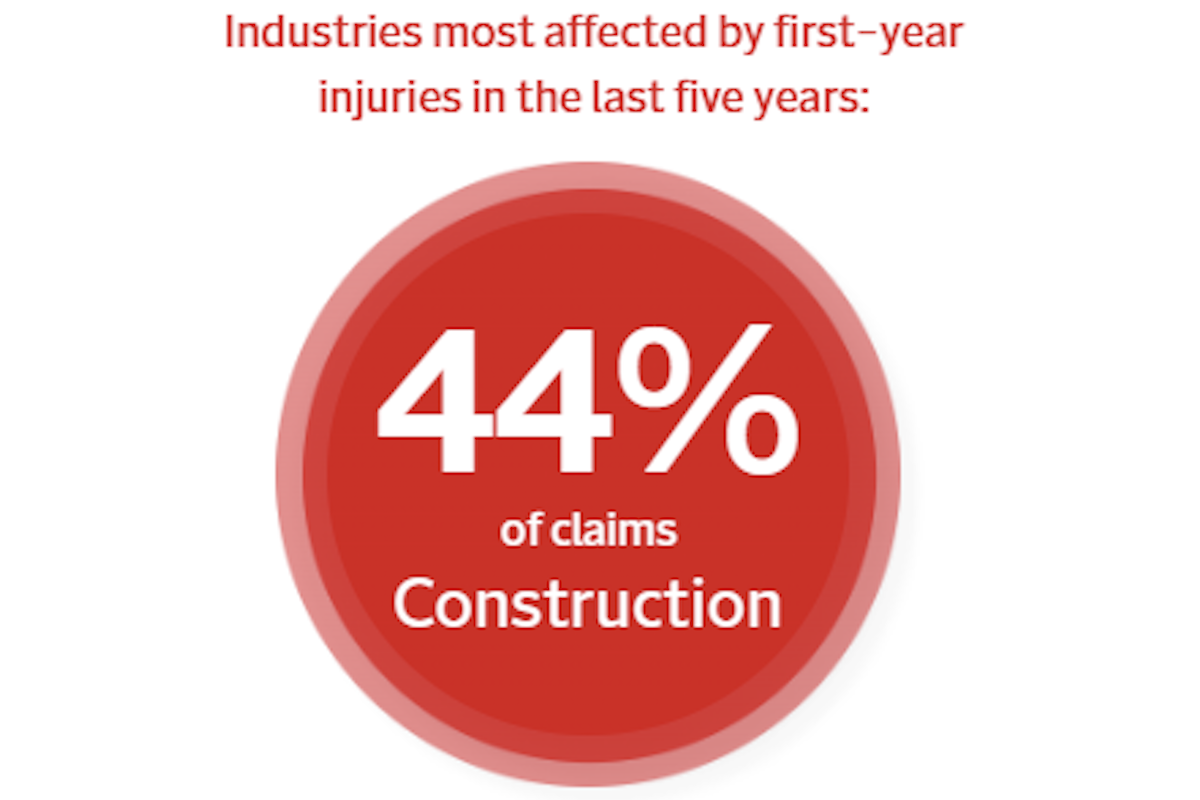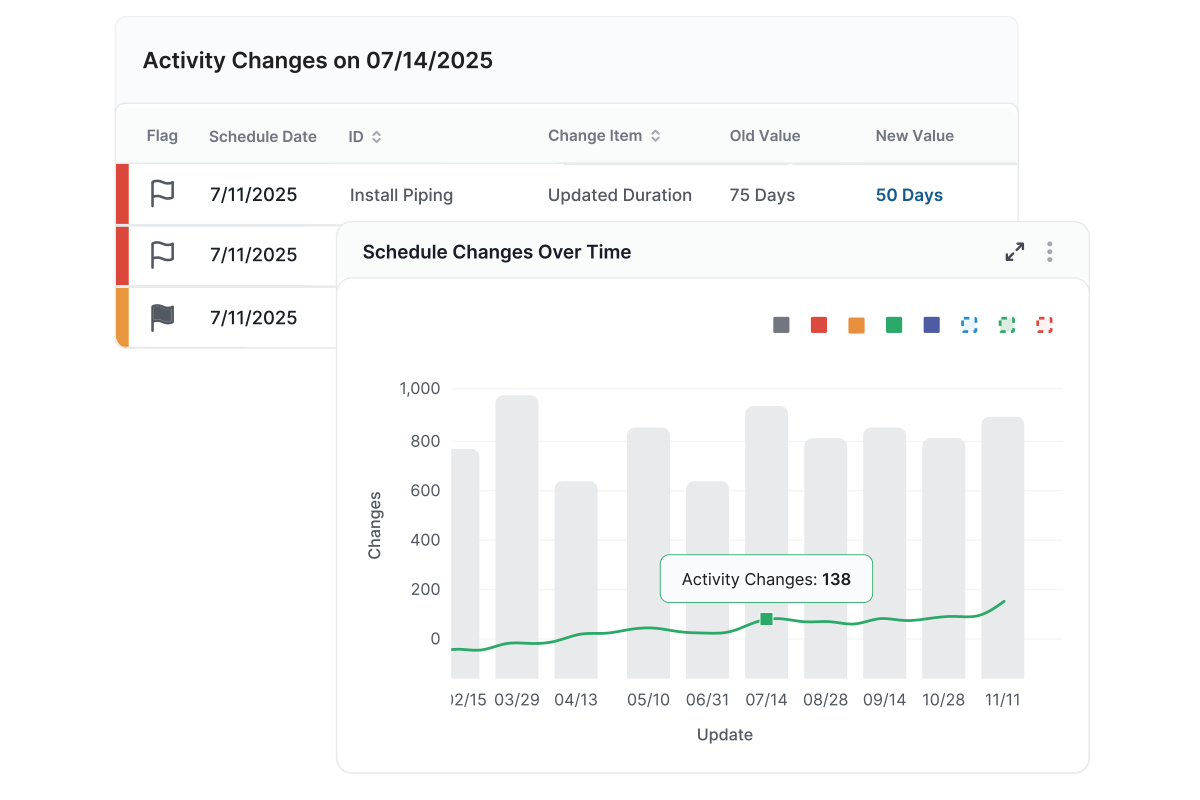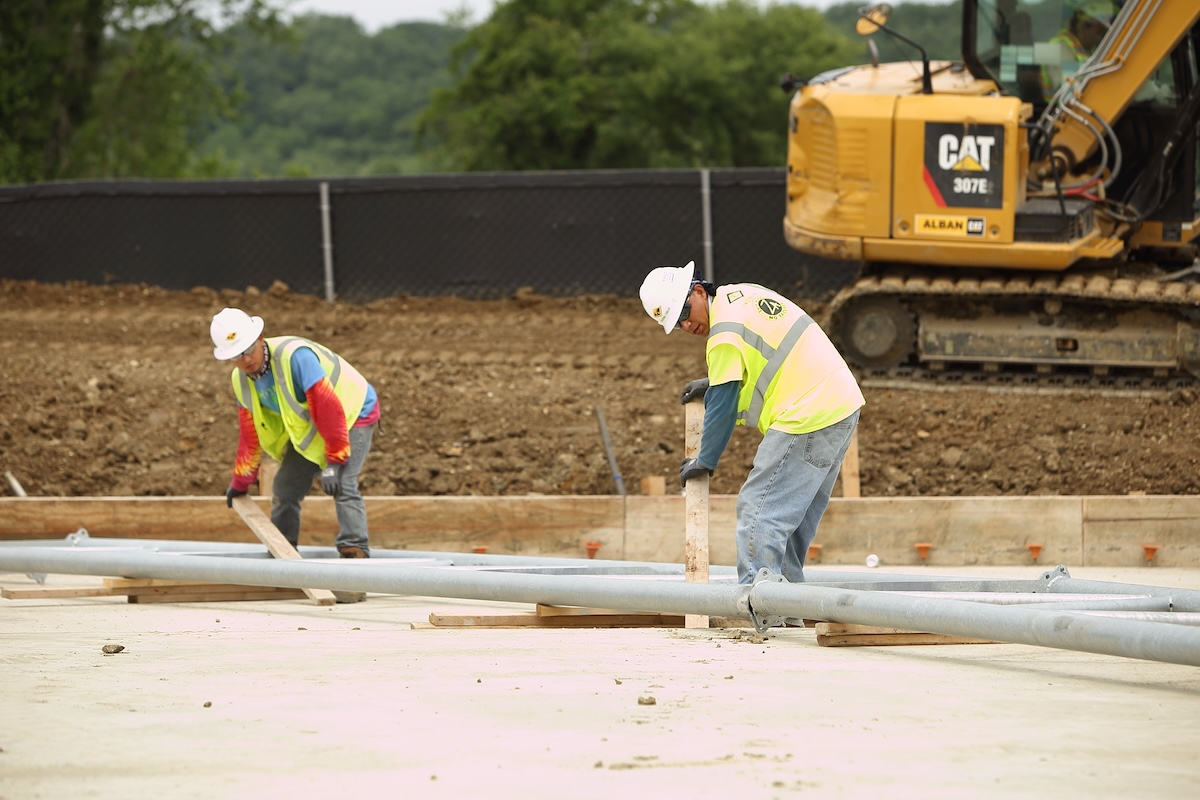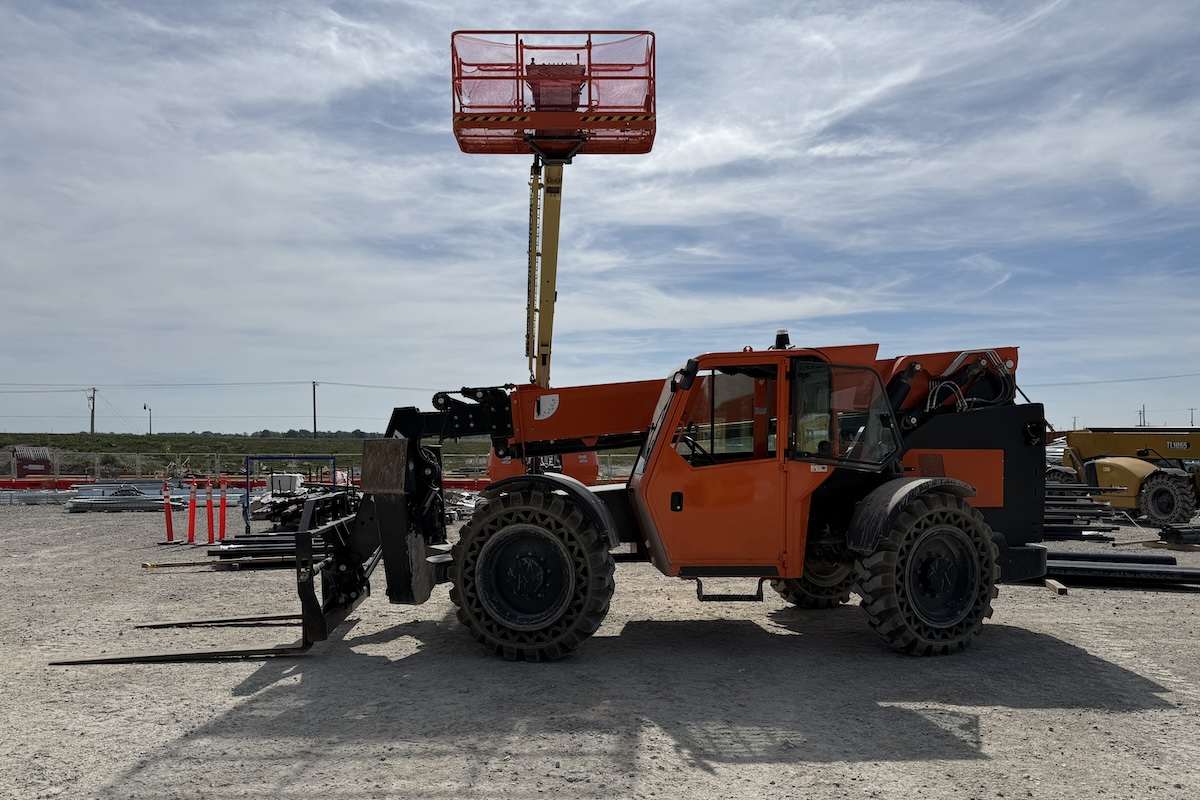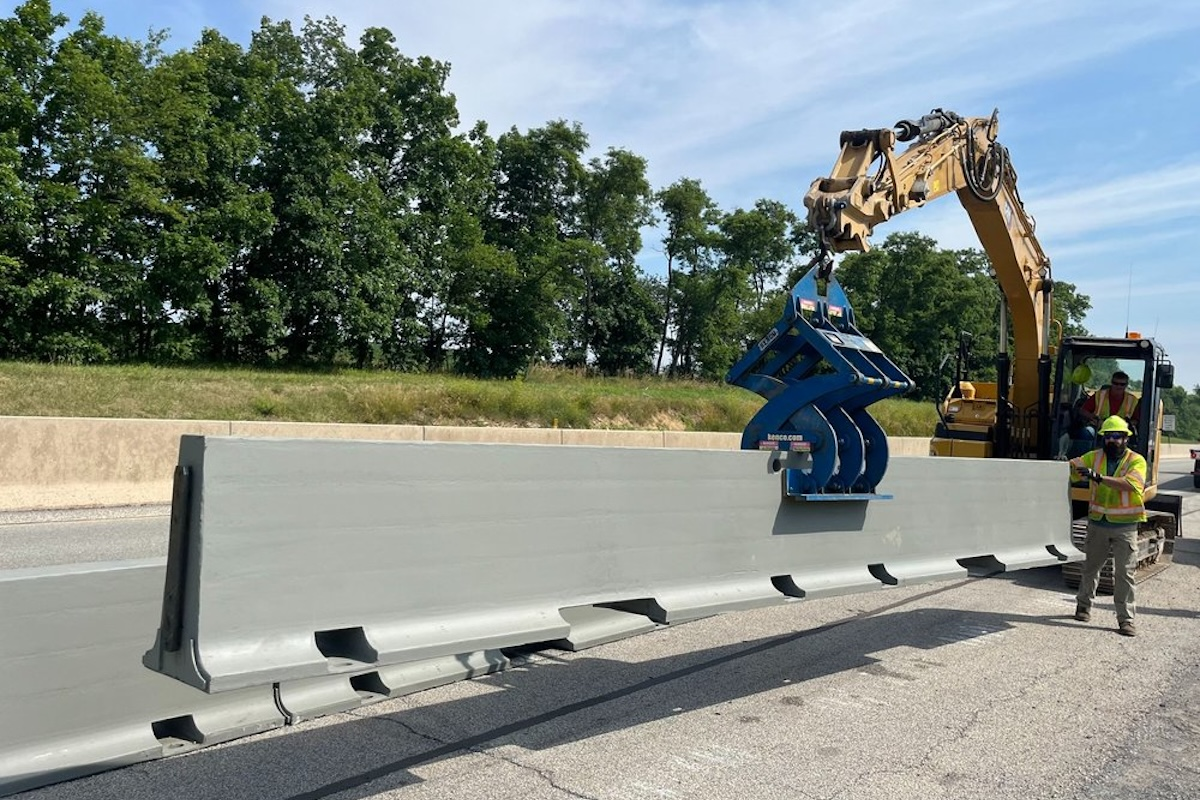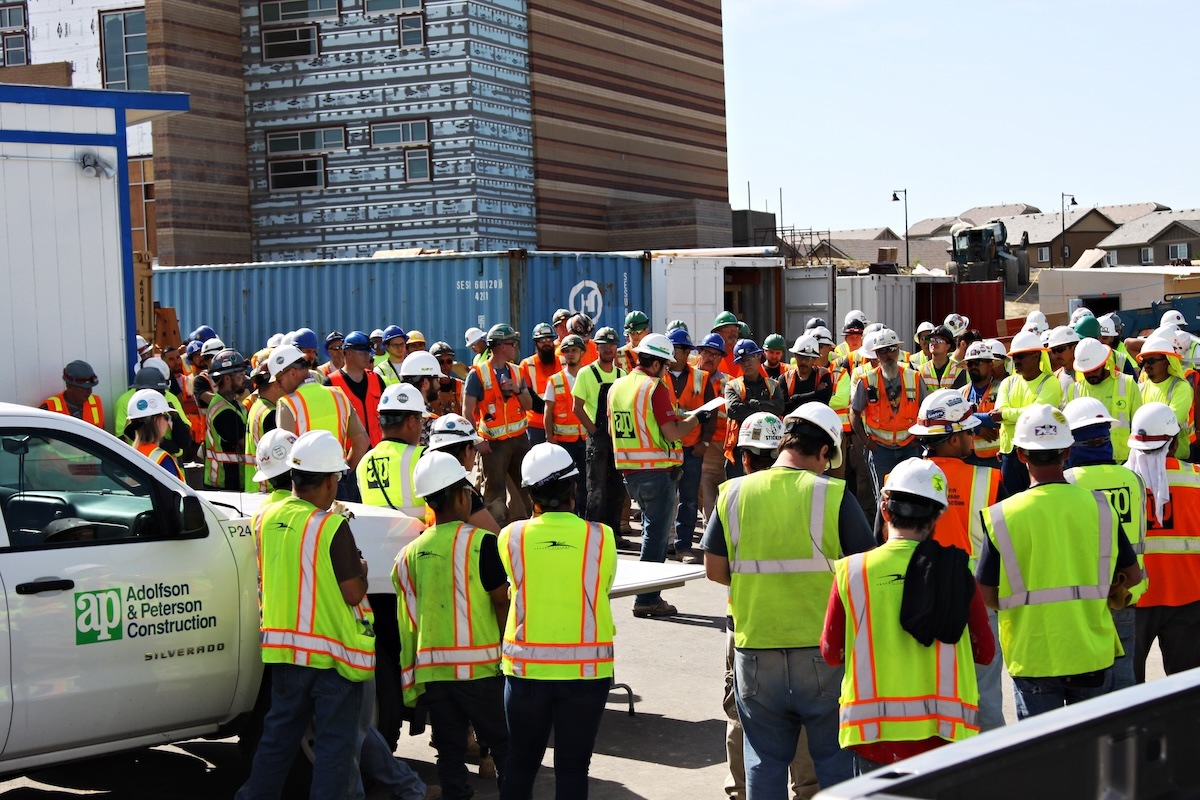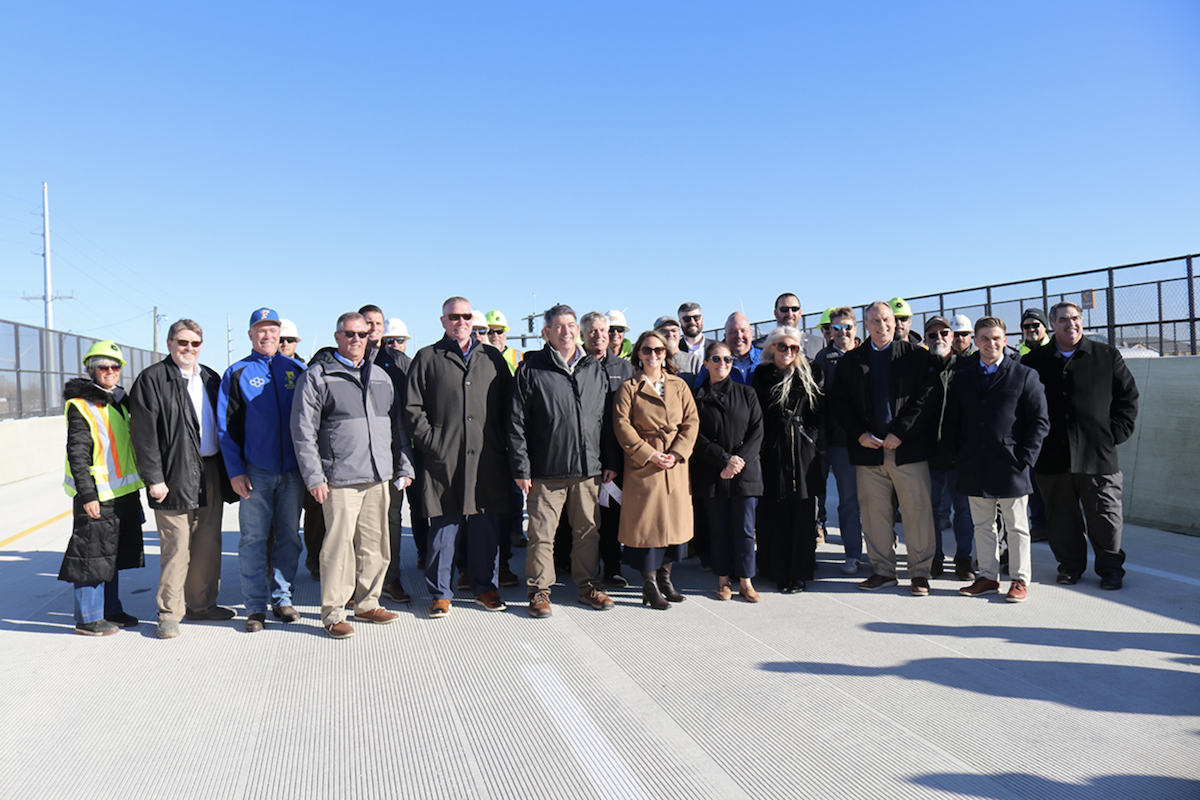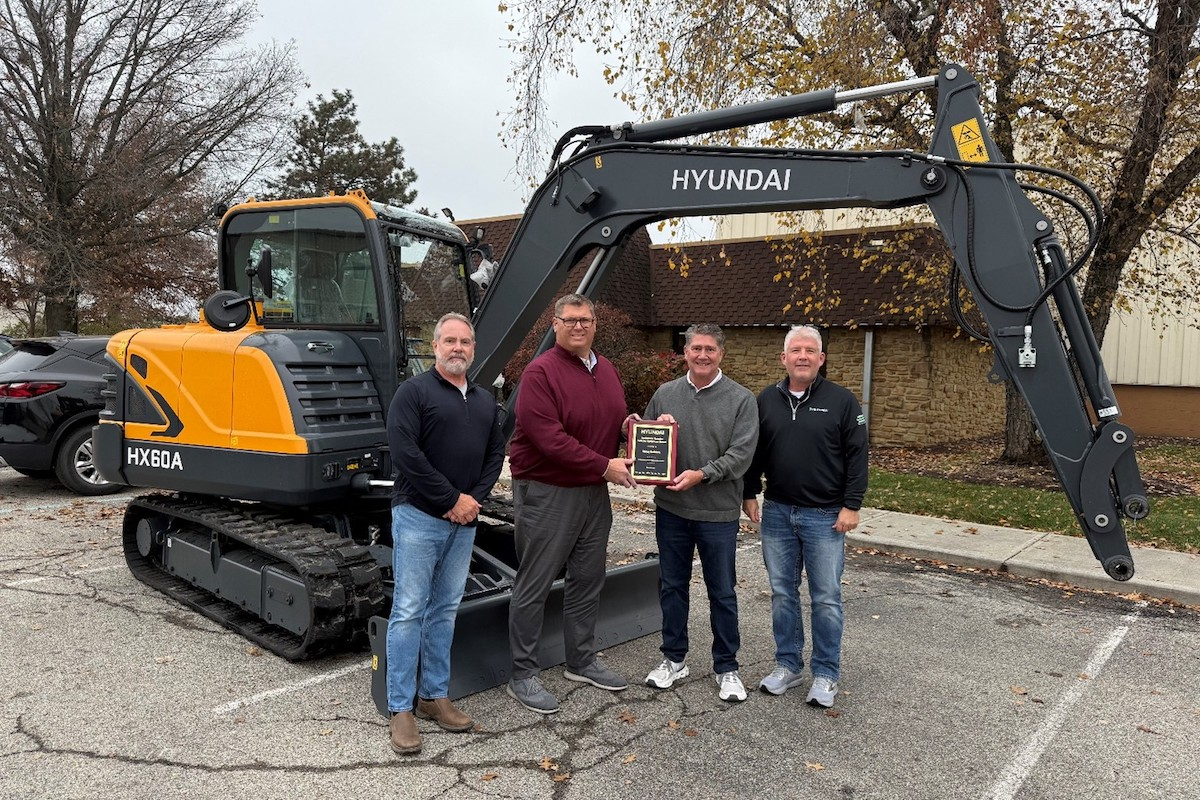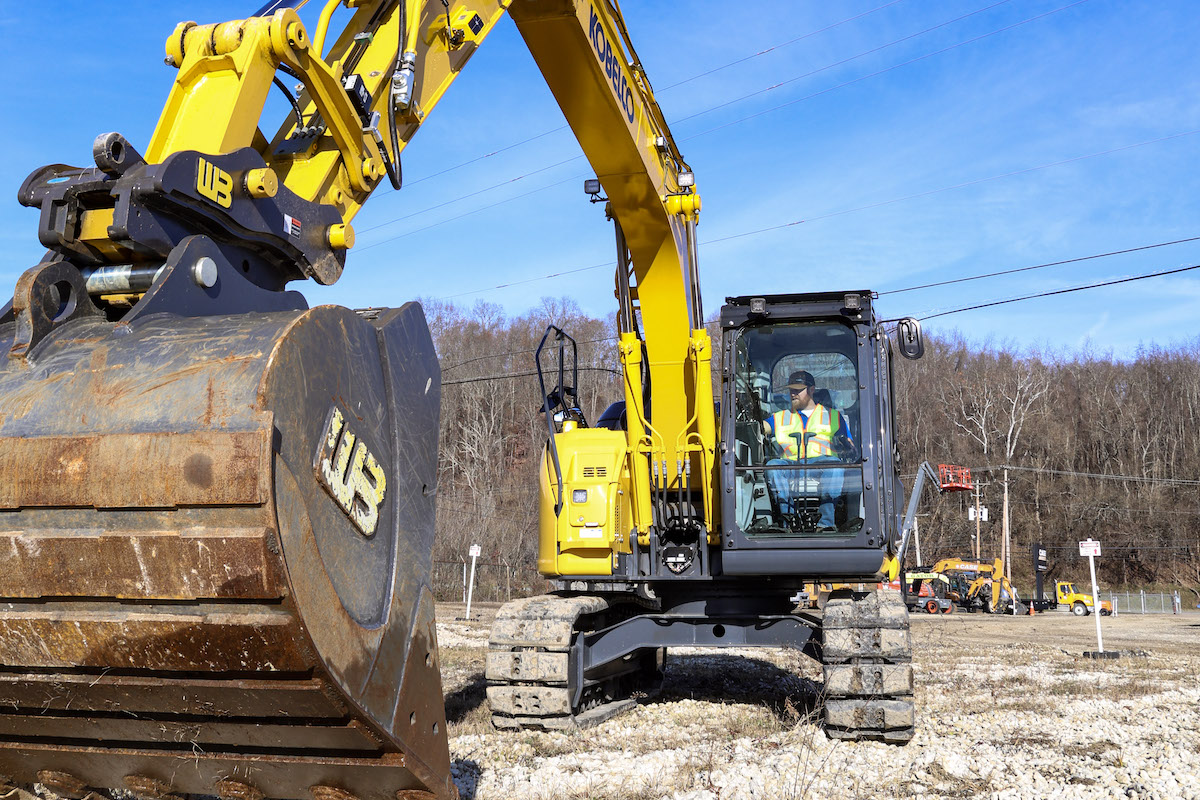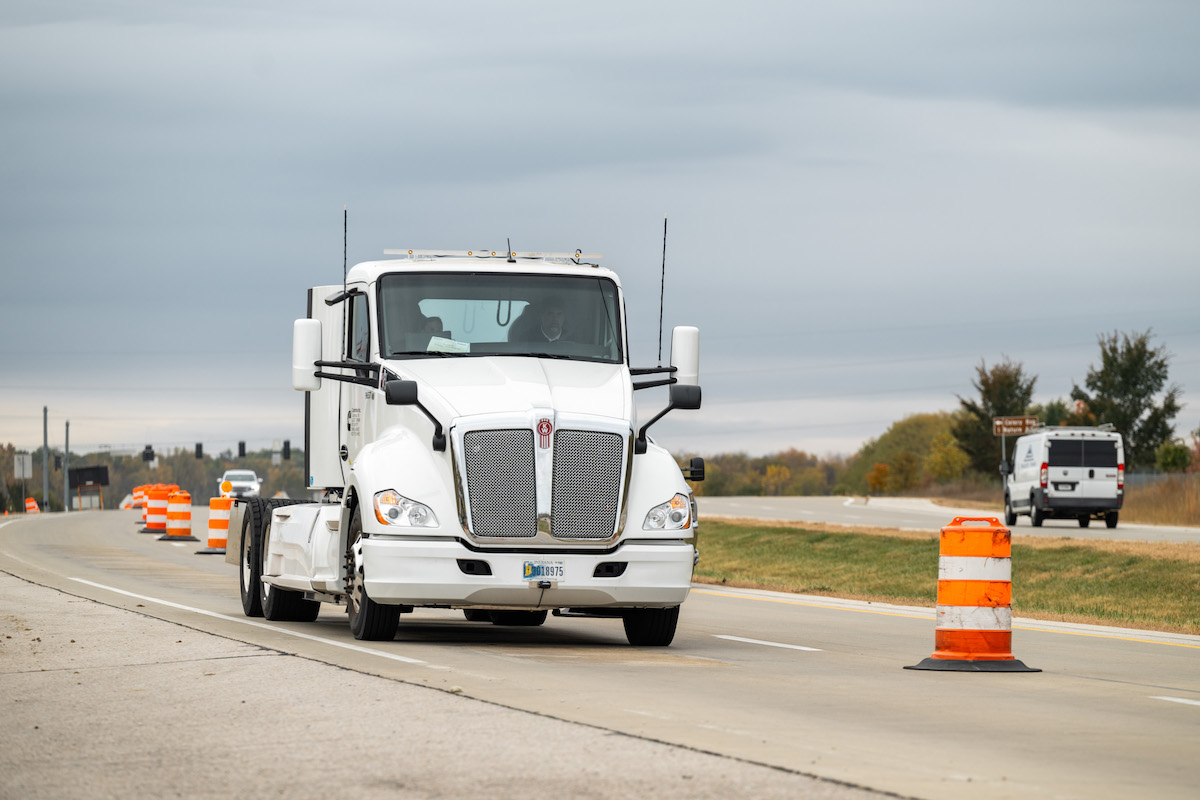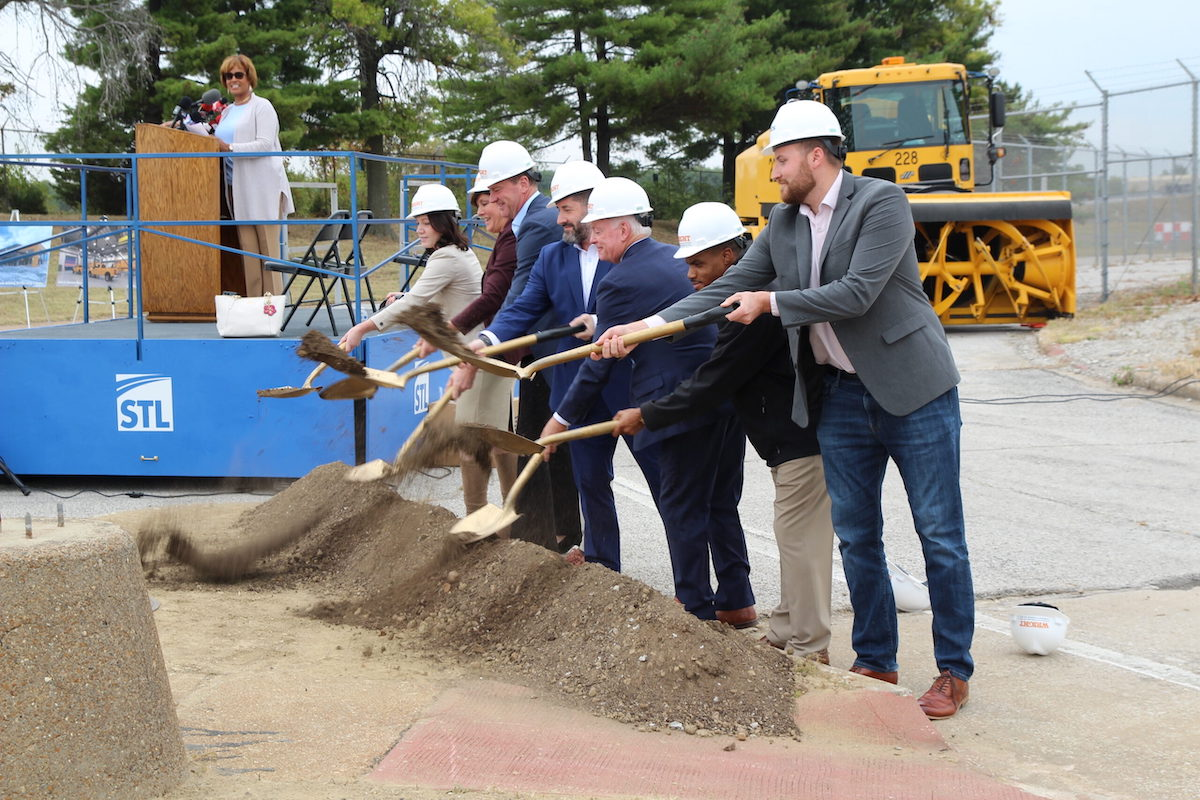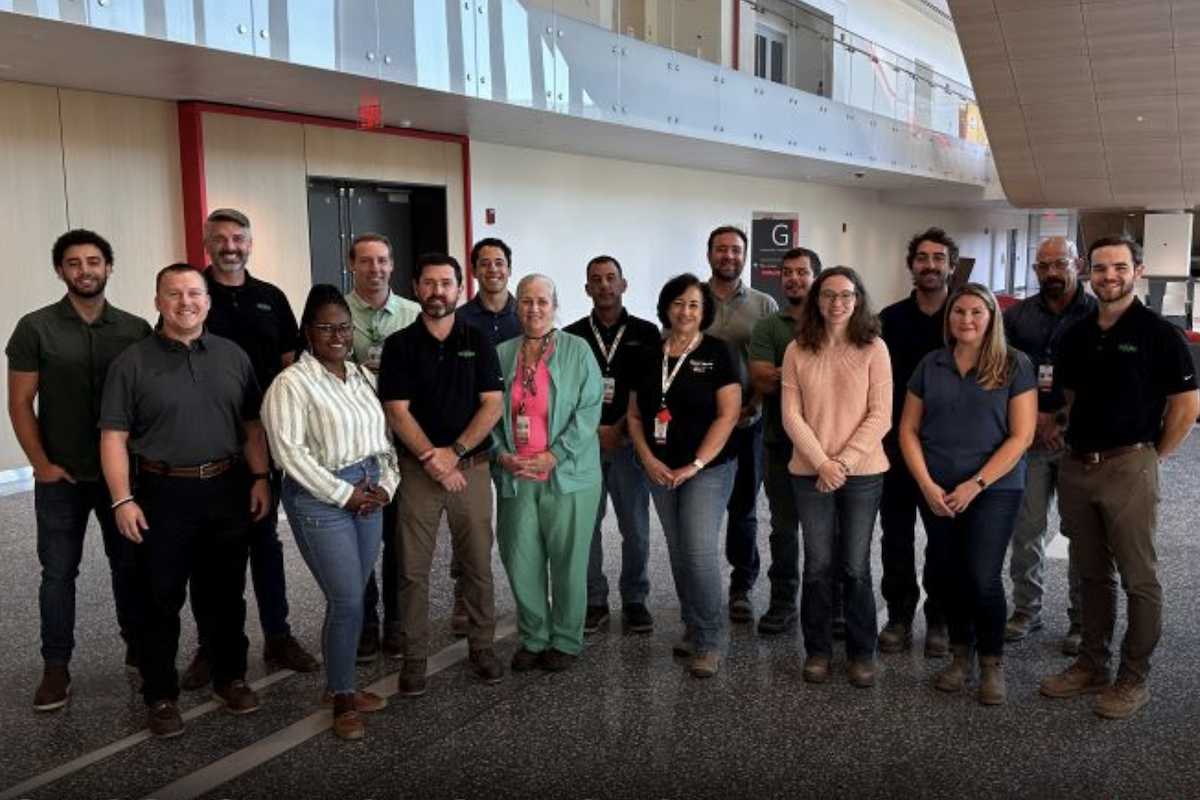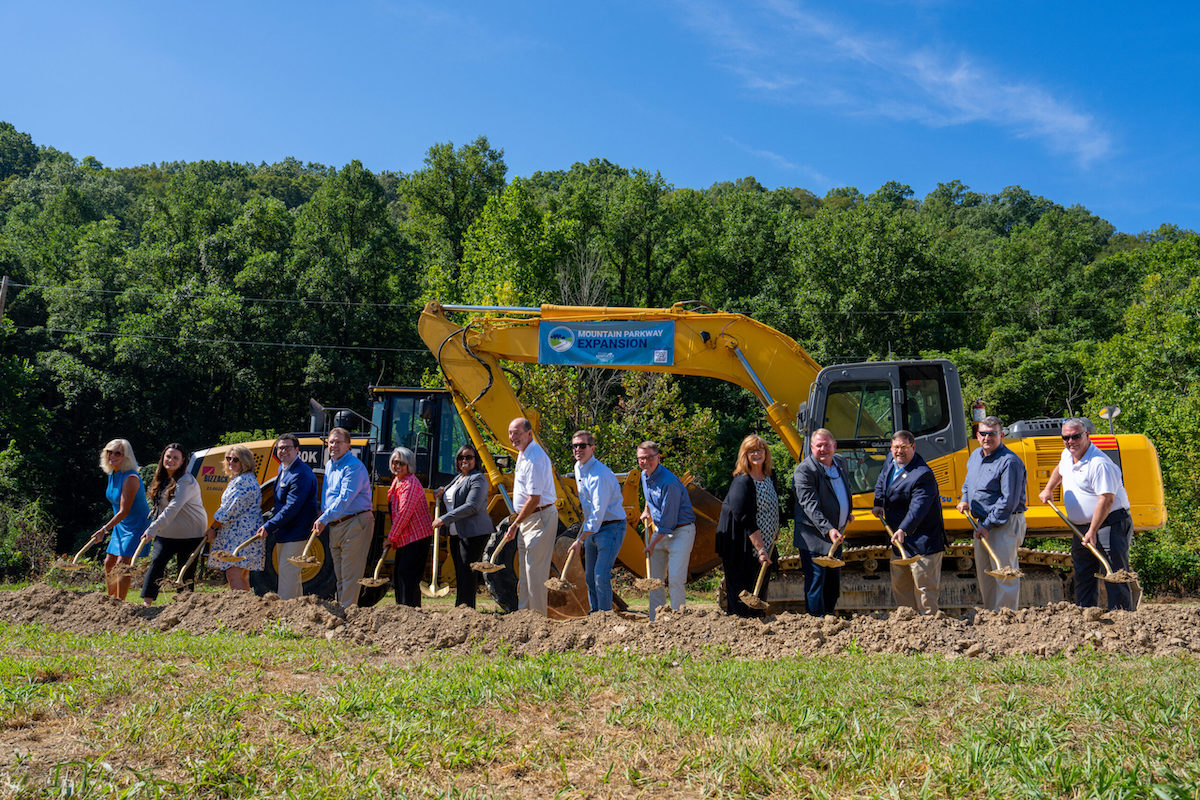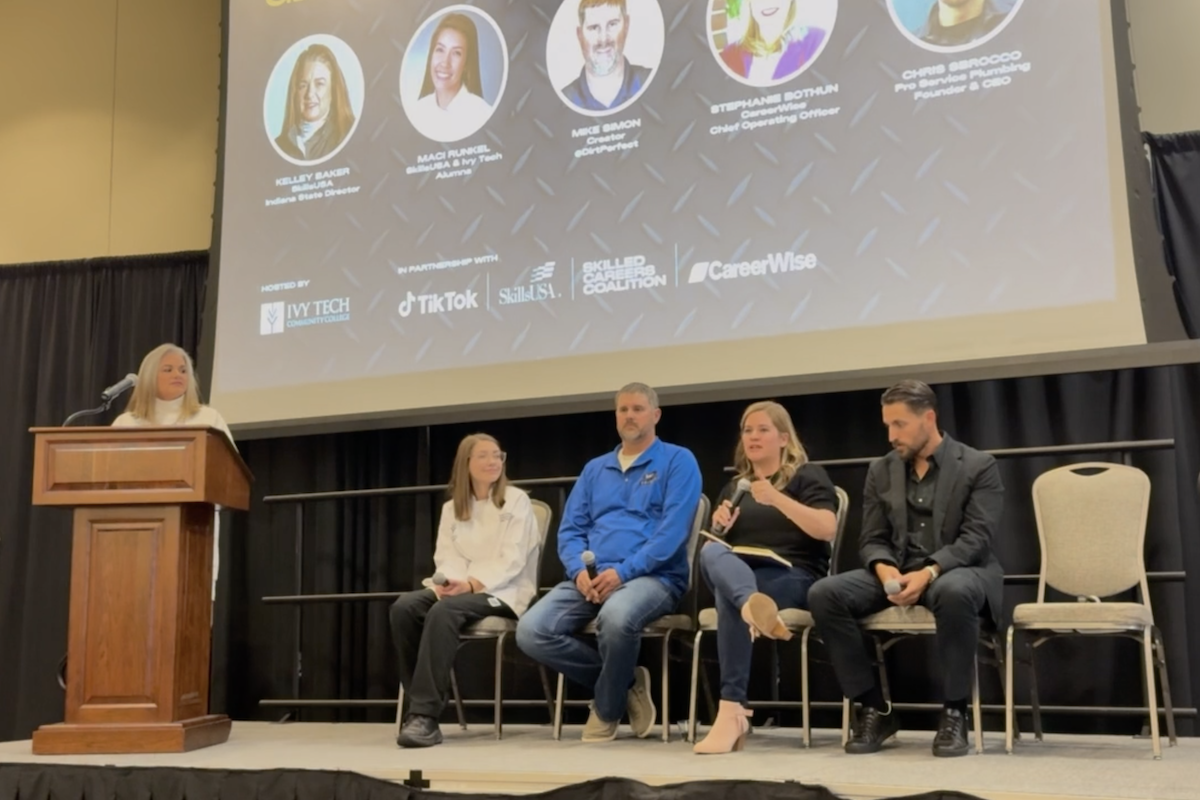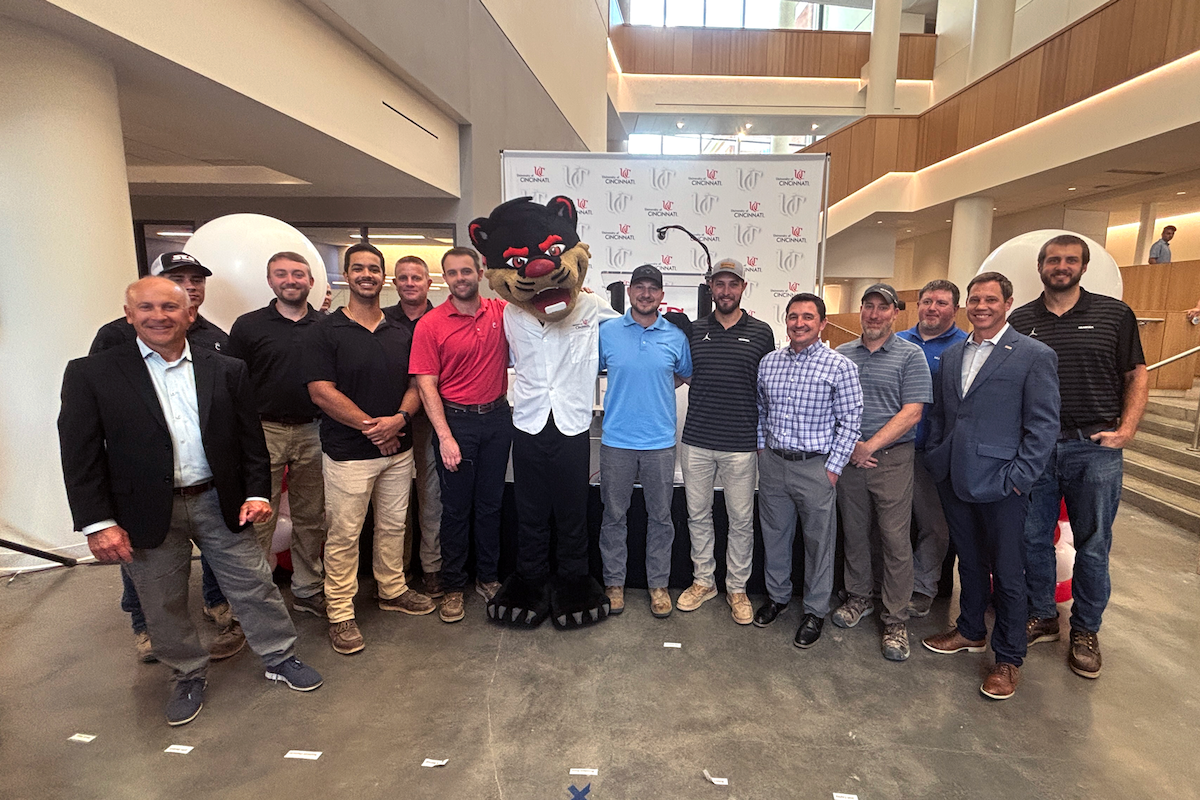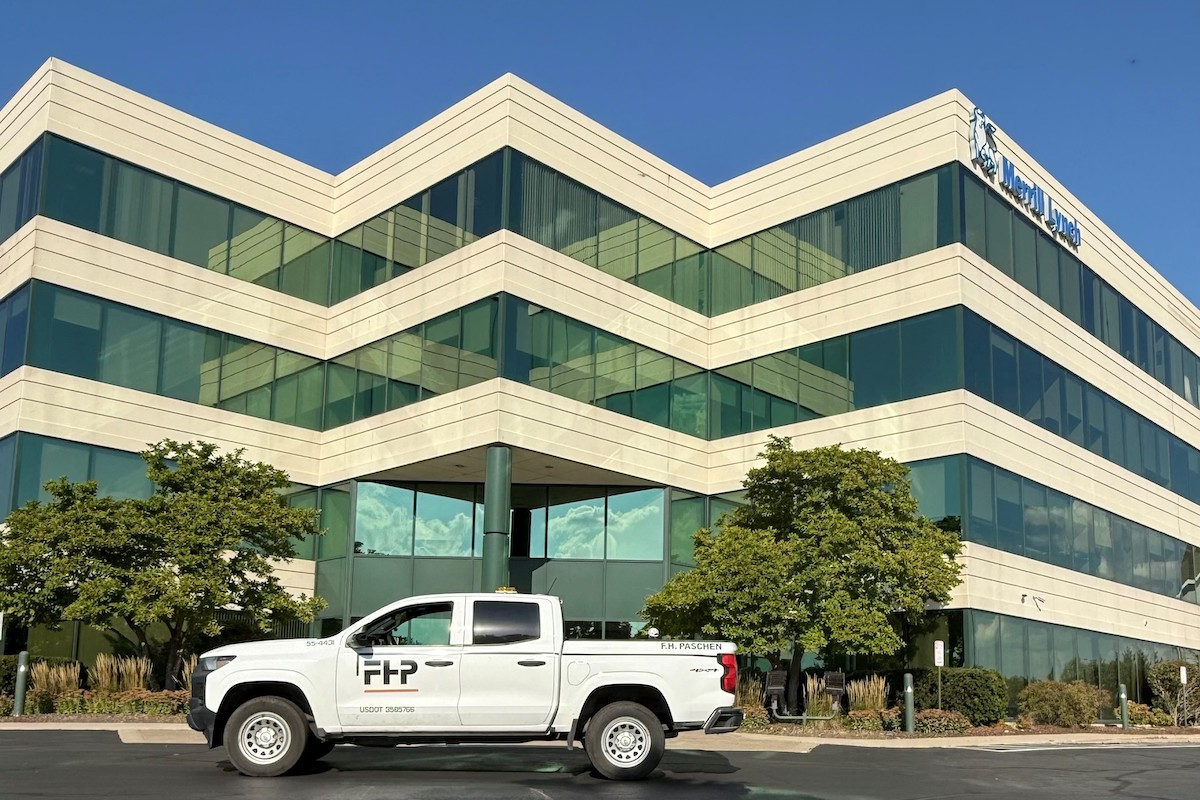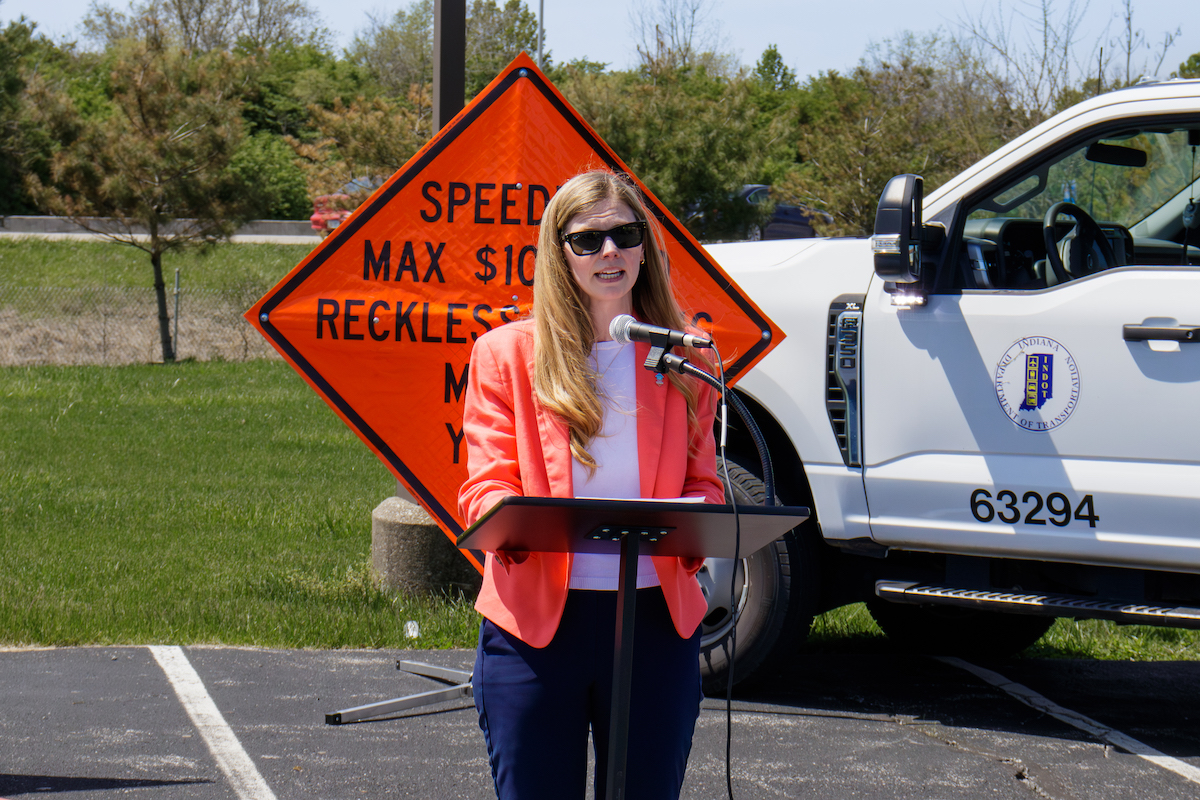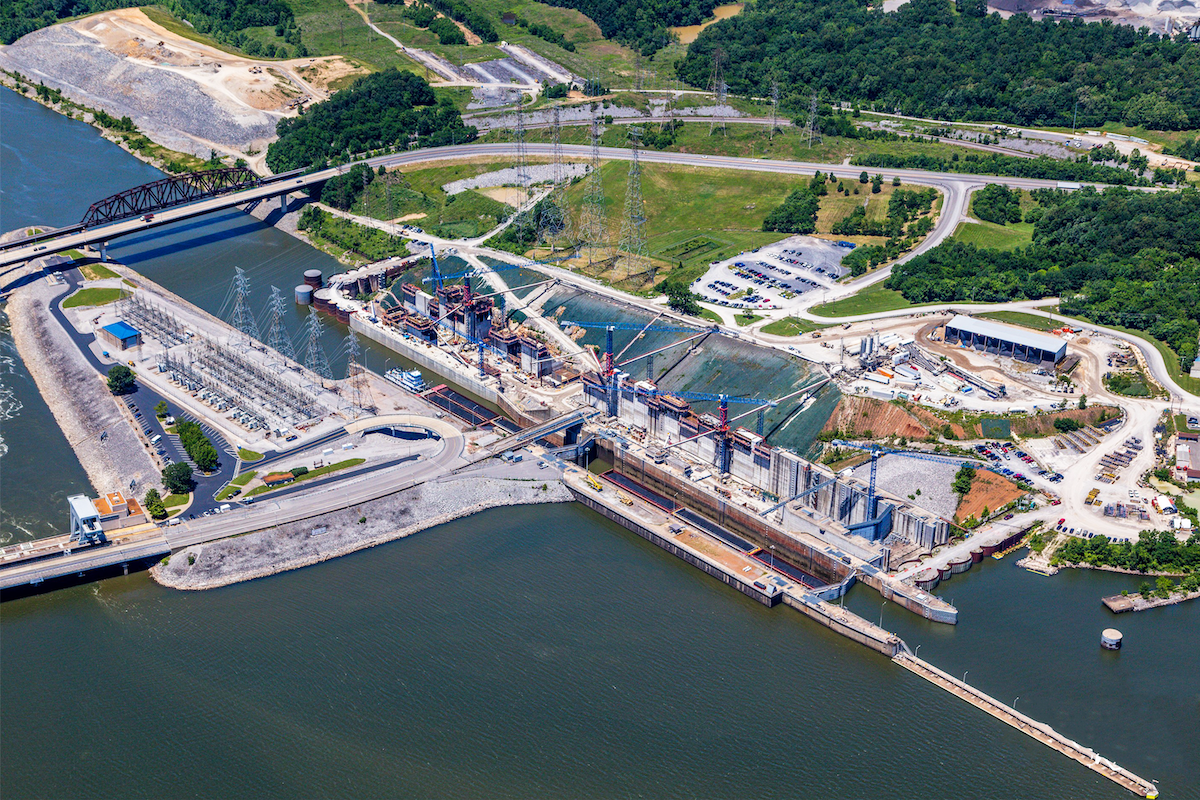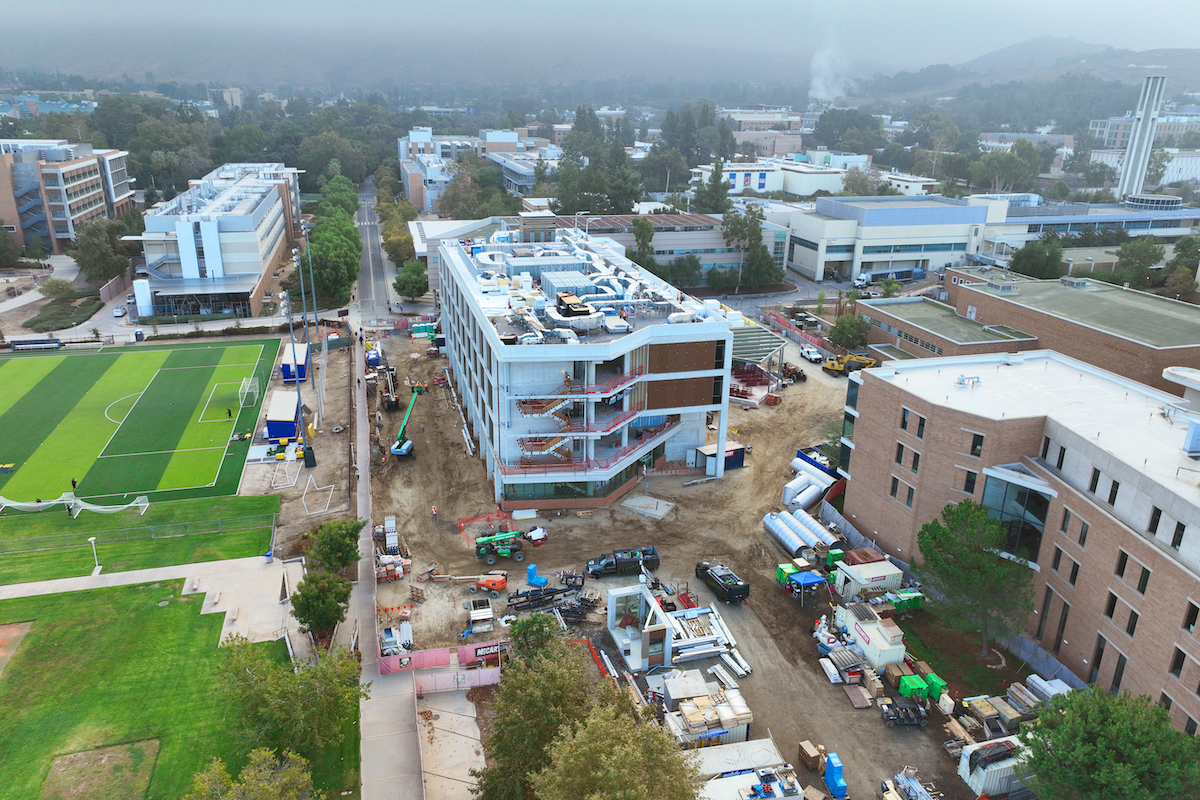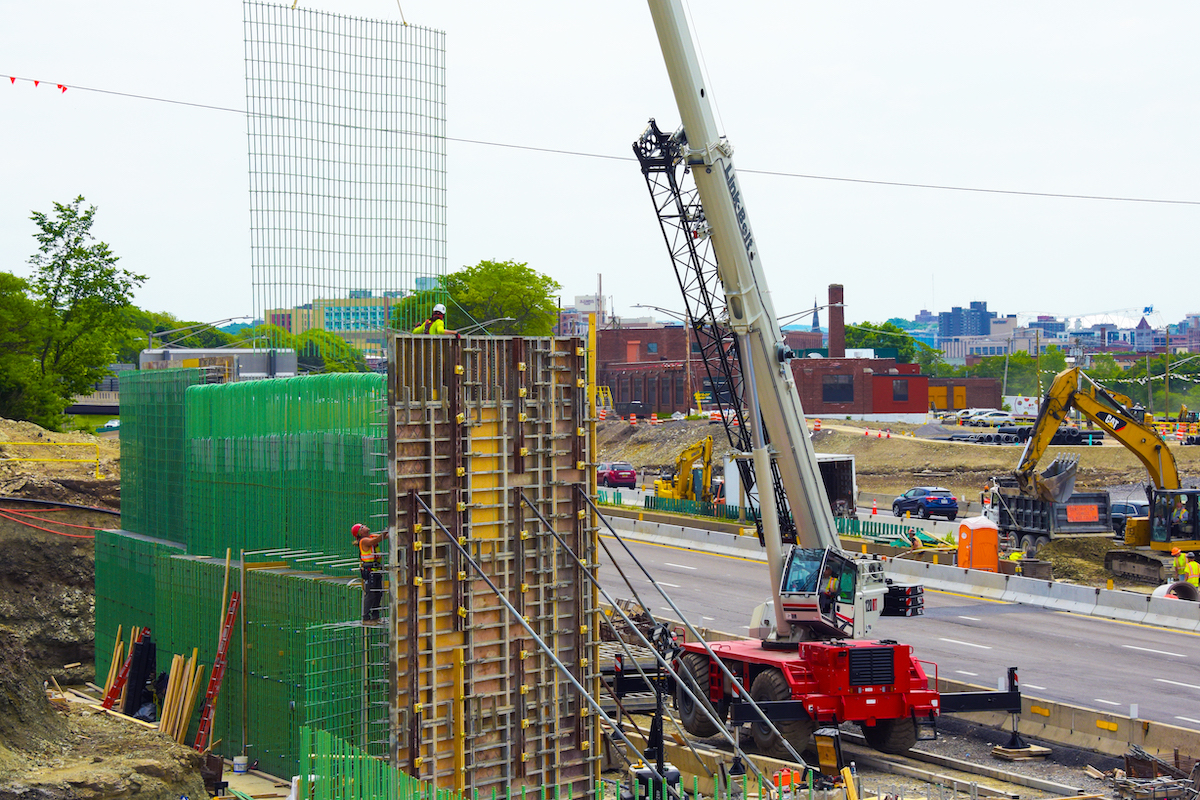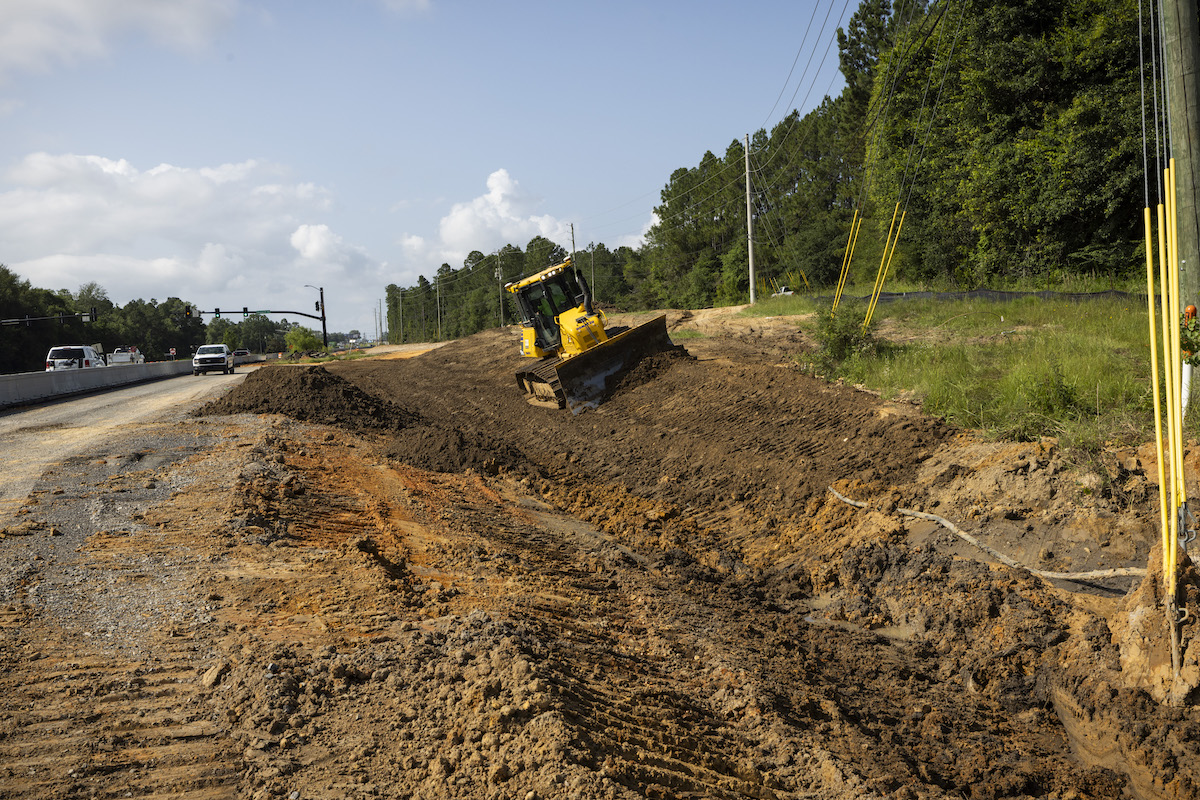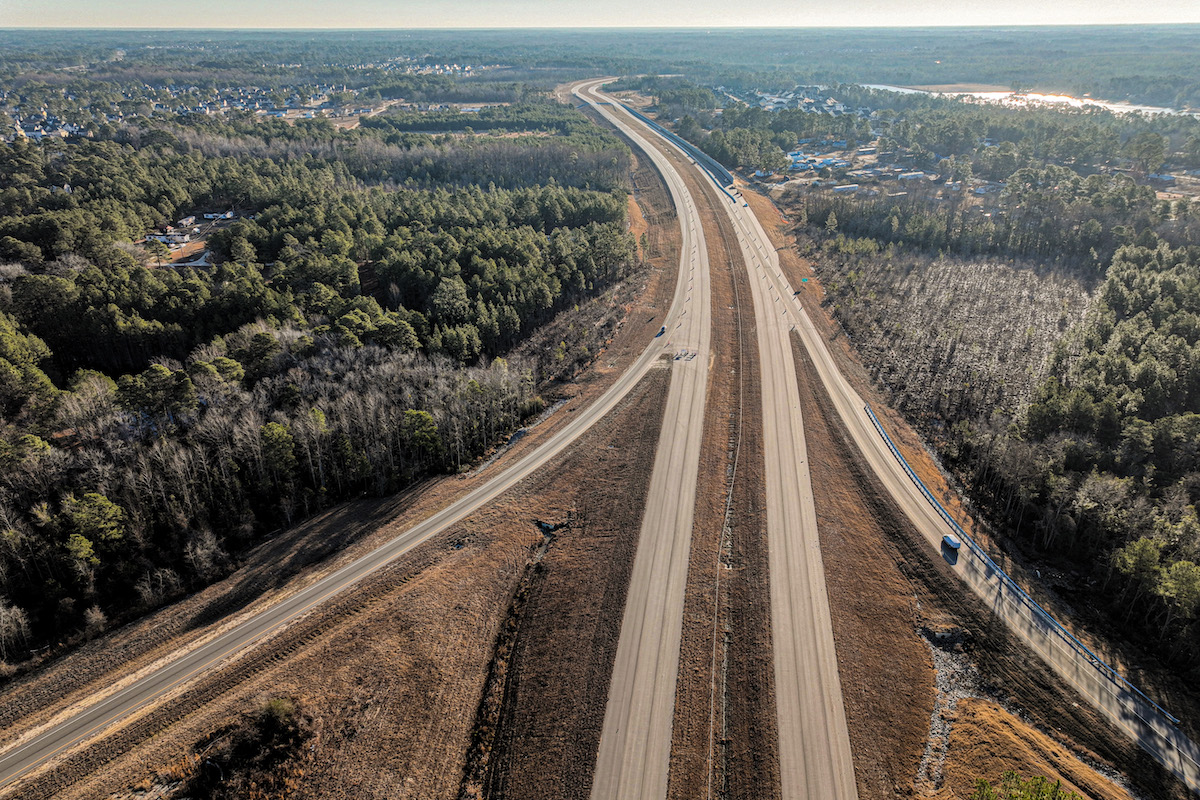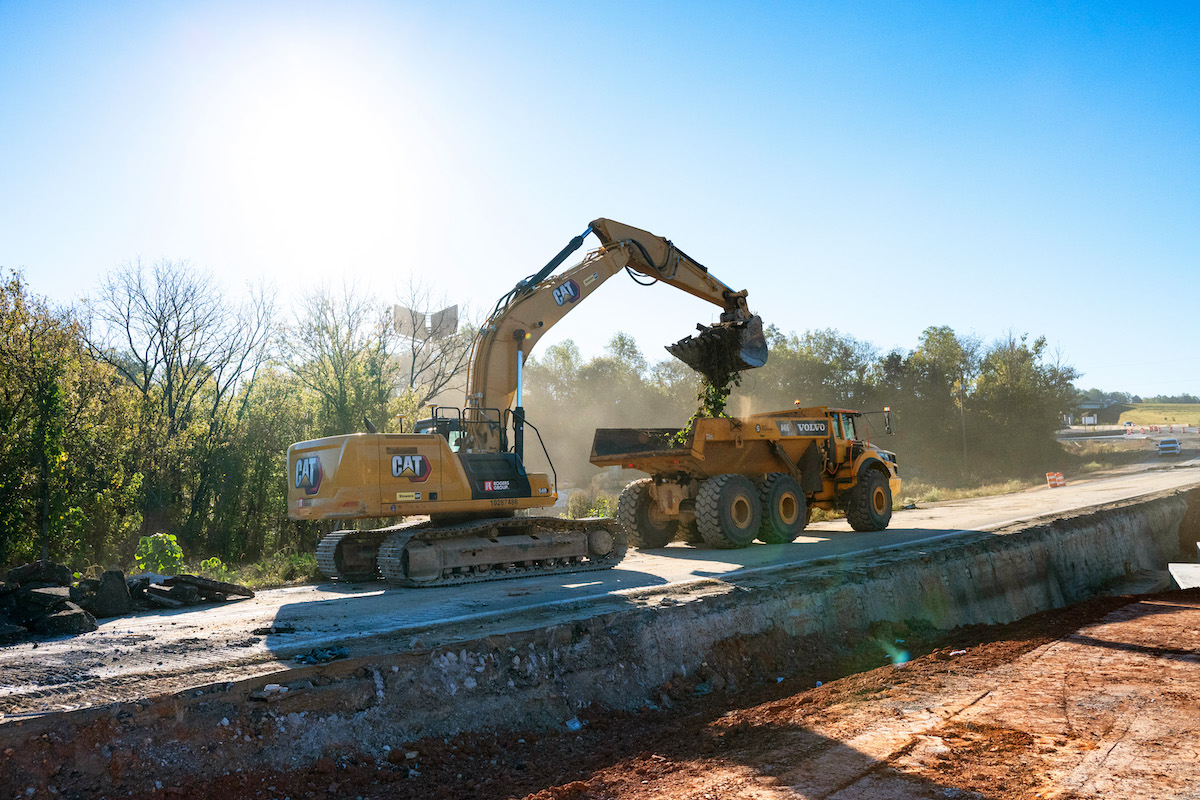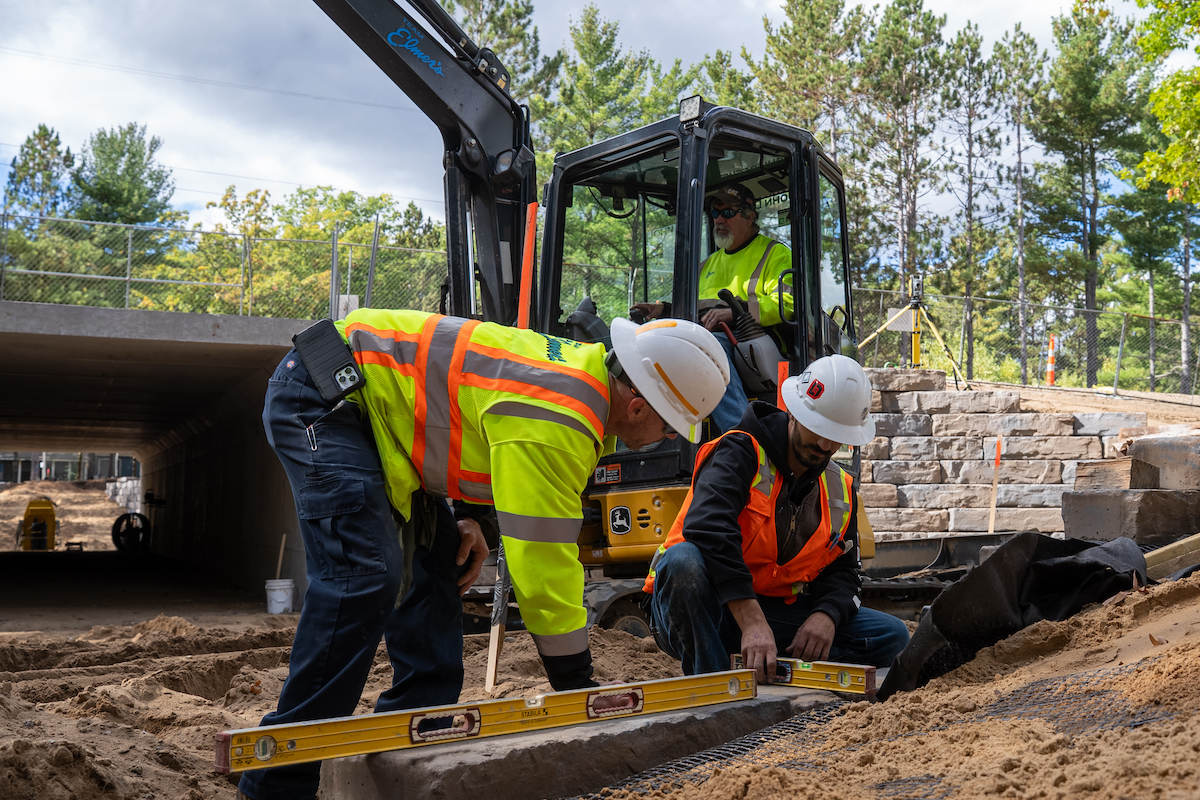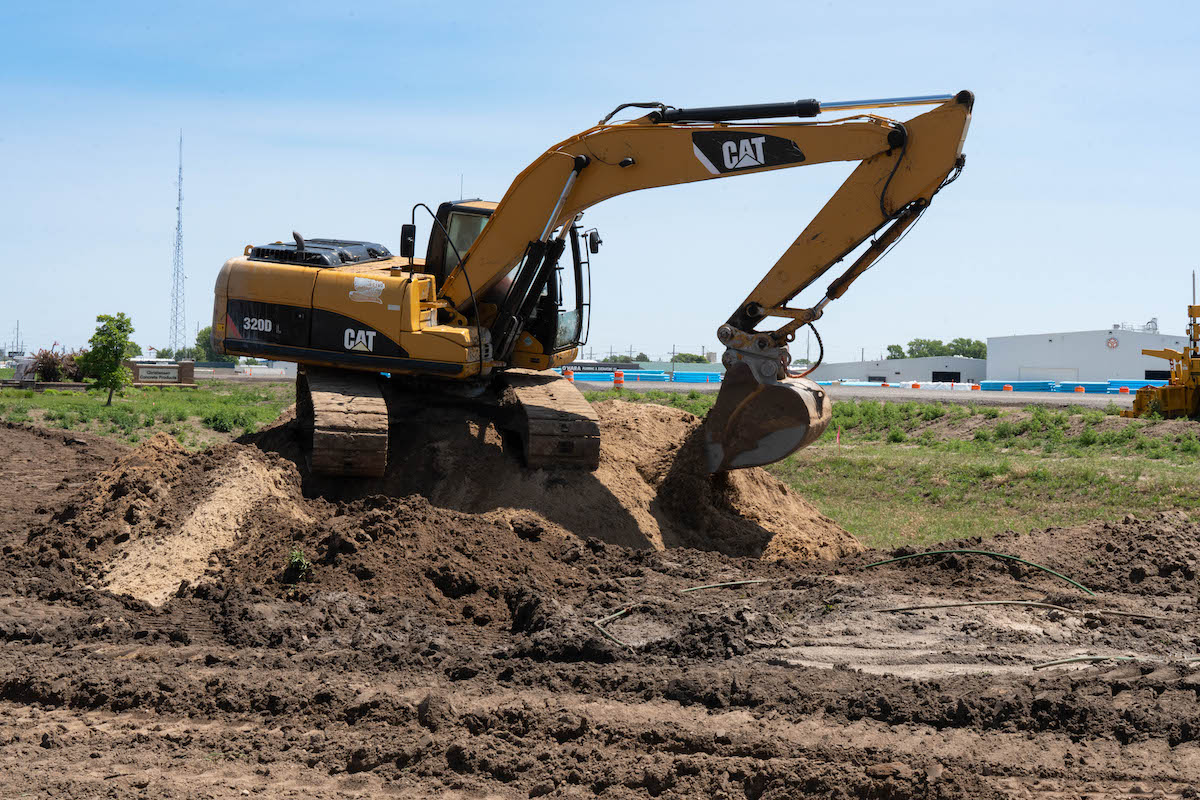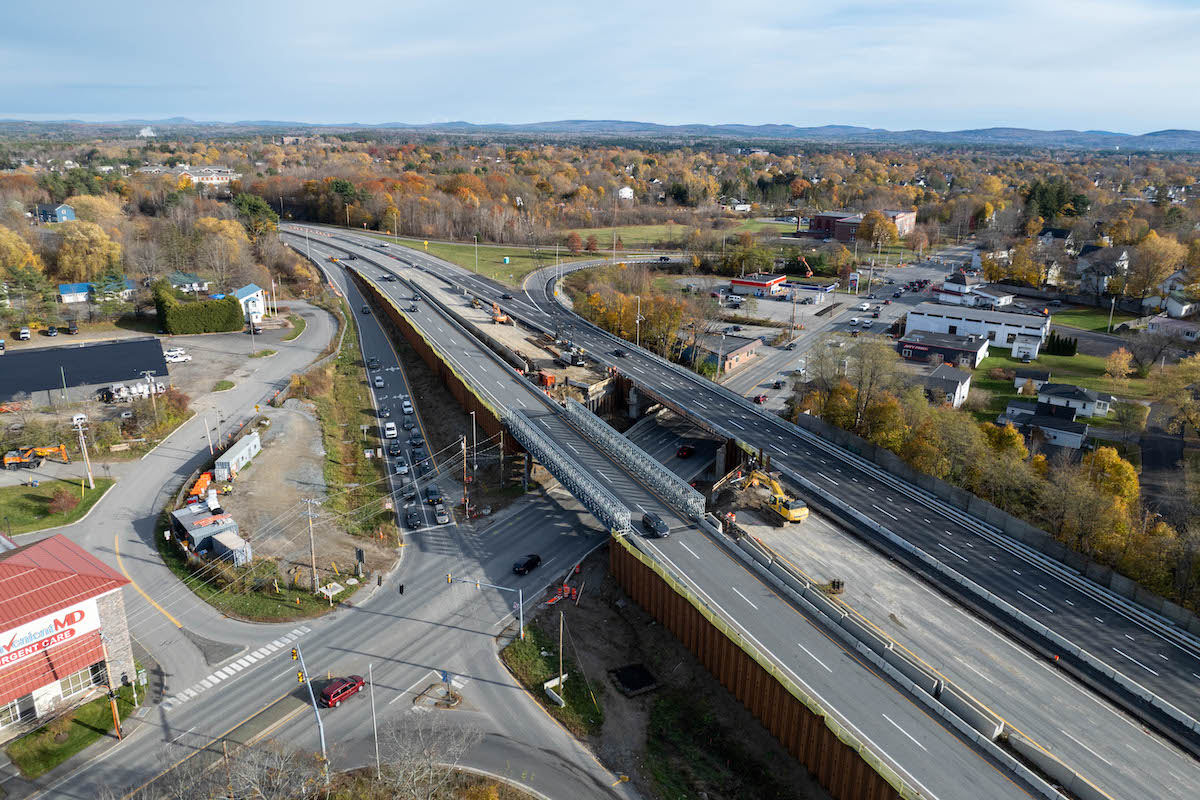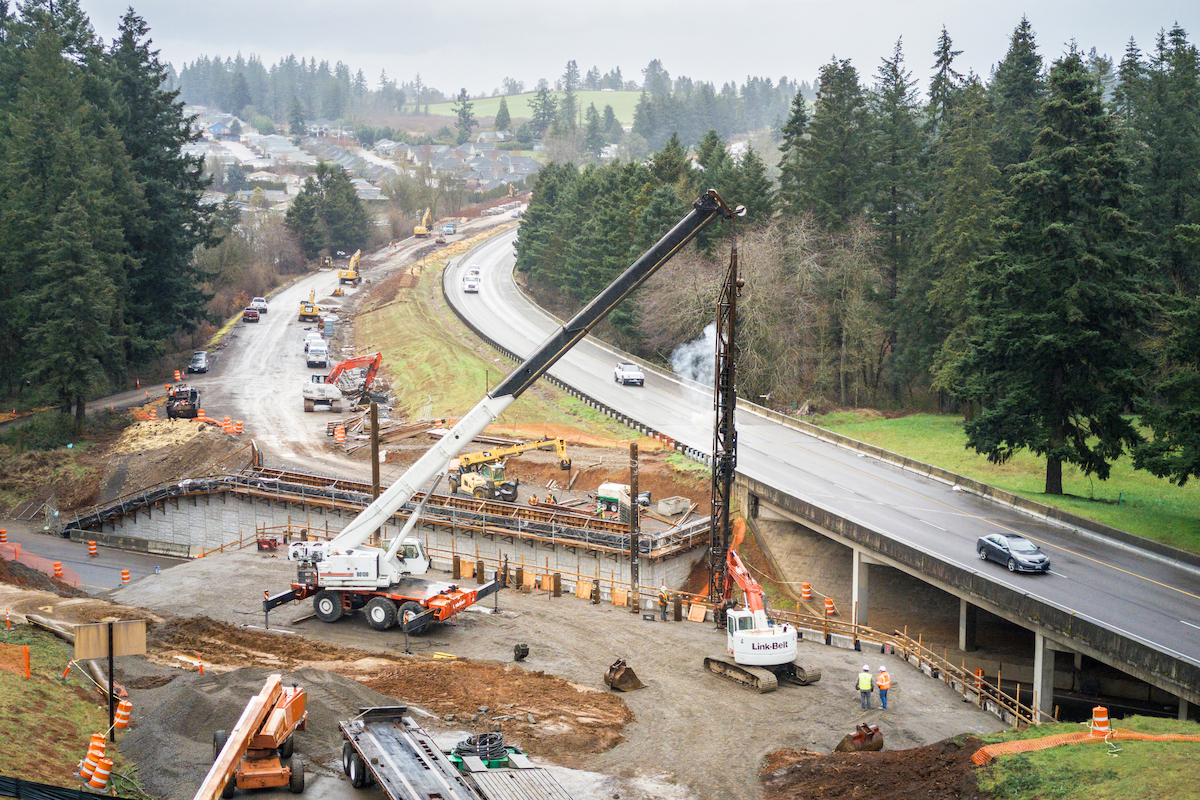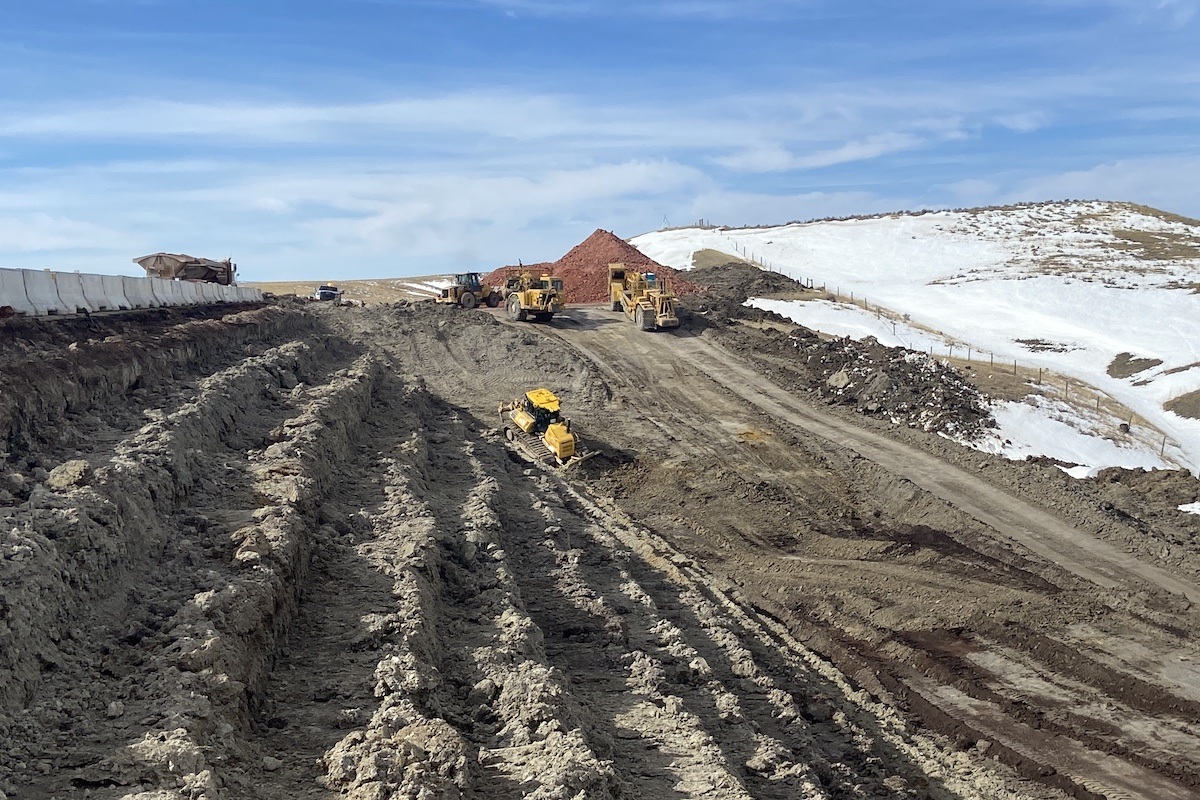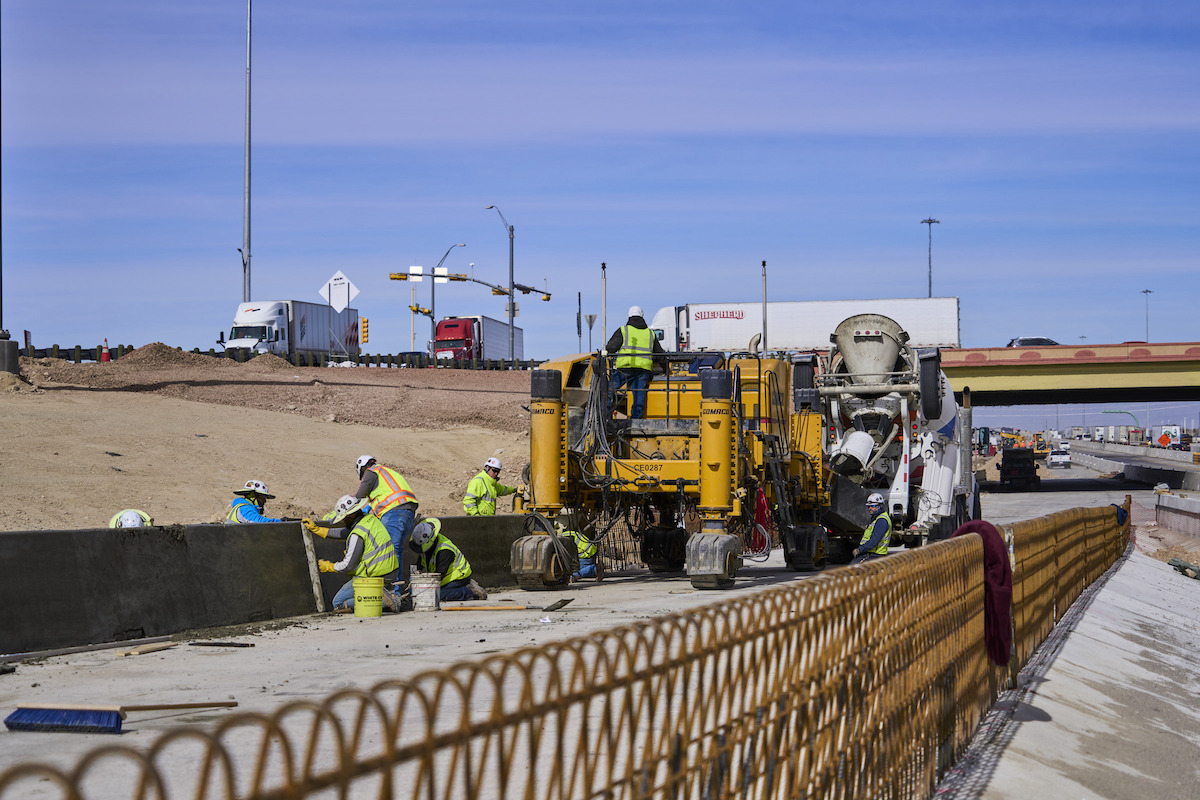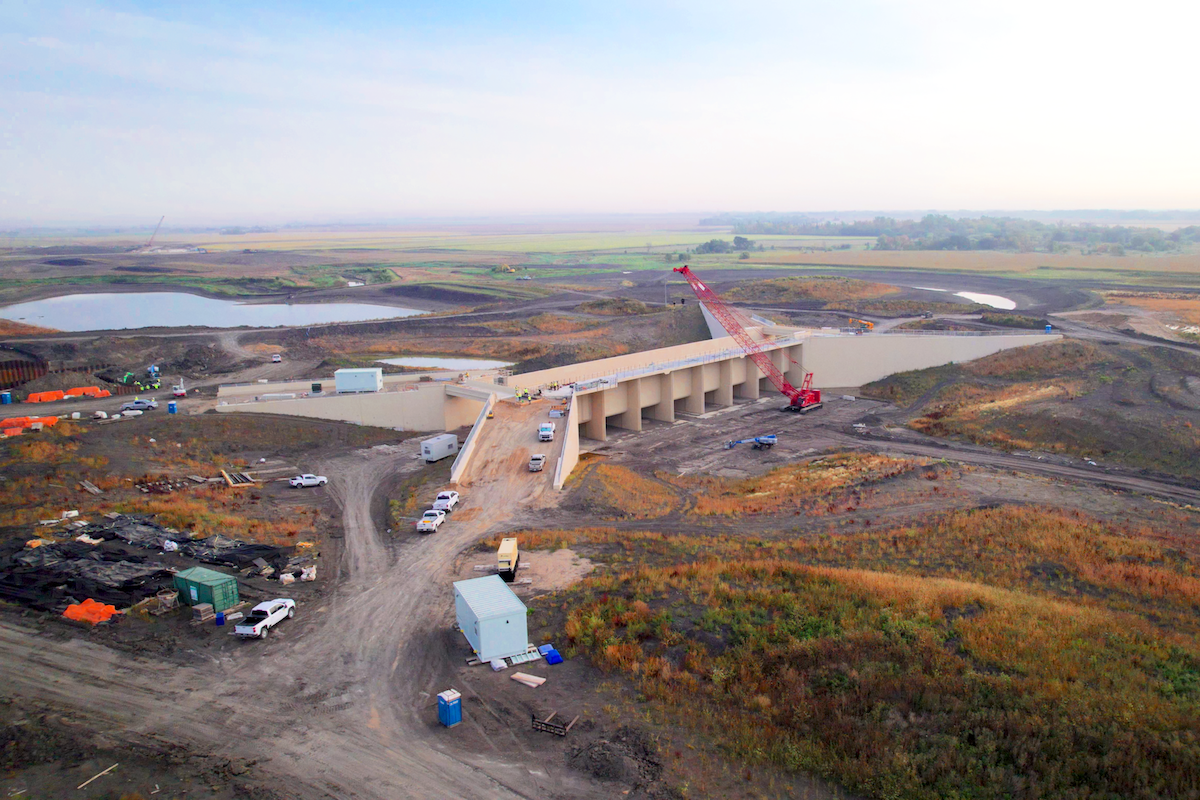In order to better understand workplace injuries, Travelers recently released its 2025 Injury Impact Report, an analysis of more than 2.6 million workers’ compensation claims the company received over the past decade from businesses across numerous industries.
“We looked at trends from 2020 through 2024 and compared those with the five prior years to determine how workplace injury trends are evolving post-pandemic,” said Claude Howard, Vice President and Workers’ Compensation Claim Lead for Travelers. “We know that past losses can signal future risks. Our goal is to provide insights that can help businesses better protect their employees.”
Below, Howard and Ken Wengert, Travelers’ Vice President, Risk Control — Construction, Energy, and Marine, share their insights and recommendations based on the report’s findings.
Another takeaway is that injured construction workers are taking longer to recover today than before 2020. We found that the average number of workdays an injured construction worker is off the job is up to 115, an increase of 14 workdays. That’s significant, especially when you consider that the construction industry continues to struggle to find qualified talent.
These two findings alone illustrate how vital it is for contractors to have a strong safety culture. While preventing losses through preplanning and execution remains the goal, identifying and mitigating risks to reduce the potential for injuries is very much an achievable outcome with the right strategies in place.

| Your local Takeuchi Mfg Ltd dealer |
|---|
| Brandeis Machinery |
Next, focus on onboarding and training to establish safe work practices. And, while we know first-year workers are among the most vulnerable, don’t limit training to only new workers. Instead, make it an ongoing process so your more-tenured employees are getting refresher training. Be consistent with organization-wide communication of safety strategies. This approach helps to reinforce the company’s commitment to safety.
Regularly solicit feedback from employees, too. This can be a way to gain valuable insight into what is and is not working so that adjustments can be made. It can uncover risks that you might otherwise have been unaware of, enabling you to take action to mitigate them. It also encourages employees to keep safety at the forefront of their workdays.
Then, be prepared for when an injury does occur. We recommend having a post-injury management plan in place, which outlines the sequence of activities that need to occur, starting with responding immediately and helping the injured employee get the care they need. Other steps can include establishing a relationship with a medical provider who has experience treating construction job site injuries, being attentive to the injured employee during their recovery, identifying transitional duties, and providing attentive case management.
Howard: I’d add that not every recovery is the same, and there can be a variety of factors that may impact this process, including some that are not physical problems. Psychosocial factors that may impede an individual’s ability to return to work include symptoms of anxiety and depression, feelings of perceived injustice, or catastrophic thinking. We’ve found in a separate analysis of Travelers claim data that 40 percent of workers who lose time from work have one or more psychosocial risk factors. Keeping this in mind is important as you think through how you’ll support and engage workers who are injured.

| Your local Case Construction Equipment Inc dealer |
|---|
| Burris Equipment |
Regularly evaluating safety strategies in this way can help contractors refine and improve them. And, as mentioned before, encouraging feedback from everyone on the job site can be useful in uncovering potentially overlooked or unrecognized hazards.

